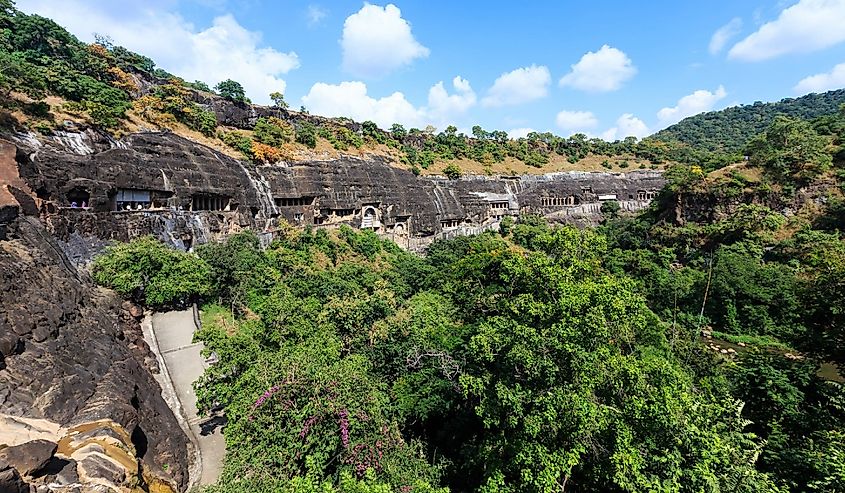
Kindia: discovering “15,” an abandoned tourist treasure at mount gangan’s foot
Your go-to source for in-depth coverage of political developments, economic trends, social affairs, and vibrant cultural stories from across the continent.

Kindia: discovering “15,” an abandoned tourist treasure at mount gangan’s foot
Nestled in the Kenendé district of Kindia, Guinea, lies a remarkable yet largely overlooked natural site known simply as “15.”
This enchanting area, marked by cascading waterfalls, massive rocks, and dense greenery, draws visitors both local and foreign. Yet despite its breathtaking beauty and rich cultural heritage, “15” remains off the radar of tourism authorities and suffers from security concerns, putting its future at risk.
“15” is not just a scenic spot but a place steeped in history and tradition. According to Tâta Fodé Camara, an elder from Kenendé, the name “15” is a recent invention by the local youth. Historically, this site was known as the “Circumcision or Excision Camp,” a sacred ground where initiation rites took place.
“We didn’t give this site the name 15. It was the young people of the neighborhood. We are from the first regime. In our time, this place was called the Circumcision or Excision Camp. It was considered by the wise as a place where the circumcised and excised people washed discreetly.
It was a traditional school.
It is a natural place. Our ancestors left here to settle up there because it became a place of leisure for people. We were born there,” explained Dean Tâta Fodé Camara.
Today, “15” remains a sanctuary free of tragedy—remarkably, no deaths have ever been recorded there.
While its spiritual significance endures, the site primarily serves as a recreational haven, particularly during the rainy season when the area comes alive with vibrant flora and flowing waters.
Visitors come to breathe fresh air, soak in the scenery, and find respite from daily life.
“15 attracts covetousness. Guineans and foreigners, especially white people, often come there to explore. It is a leisure area that must be preserved at all costs. The area is not forbidden to anyone.
Some people do laundry there, etc. In the past, white people, accompanied by other people, expressed their desire to develop the place, but the project did not come to fruition because during the dry season, the area dries up, but during the rainy season, it is a marvel,” the elder confided.
Despite its undeniable allure, “15” faces an uncertain future without proper recognition and protection.
As Guinea’s tourism potential grows, safeguarding such hidden gems is essential—not only to preserve cultural heritage but to open doors for sustainable economic development rooted in the nation’s unique landscapes and traditions.
I am an avid African news observer, and an active member of Daily Mail Africa.
I’m Passionate about staying informed on diverse topics across the continent,
I actively contribute to publishing on political, economic and cultural developments in Africa.